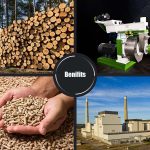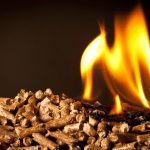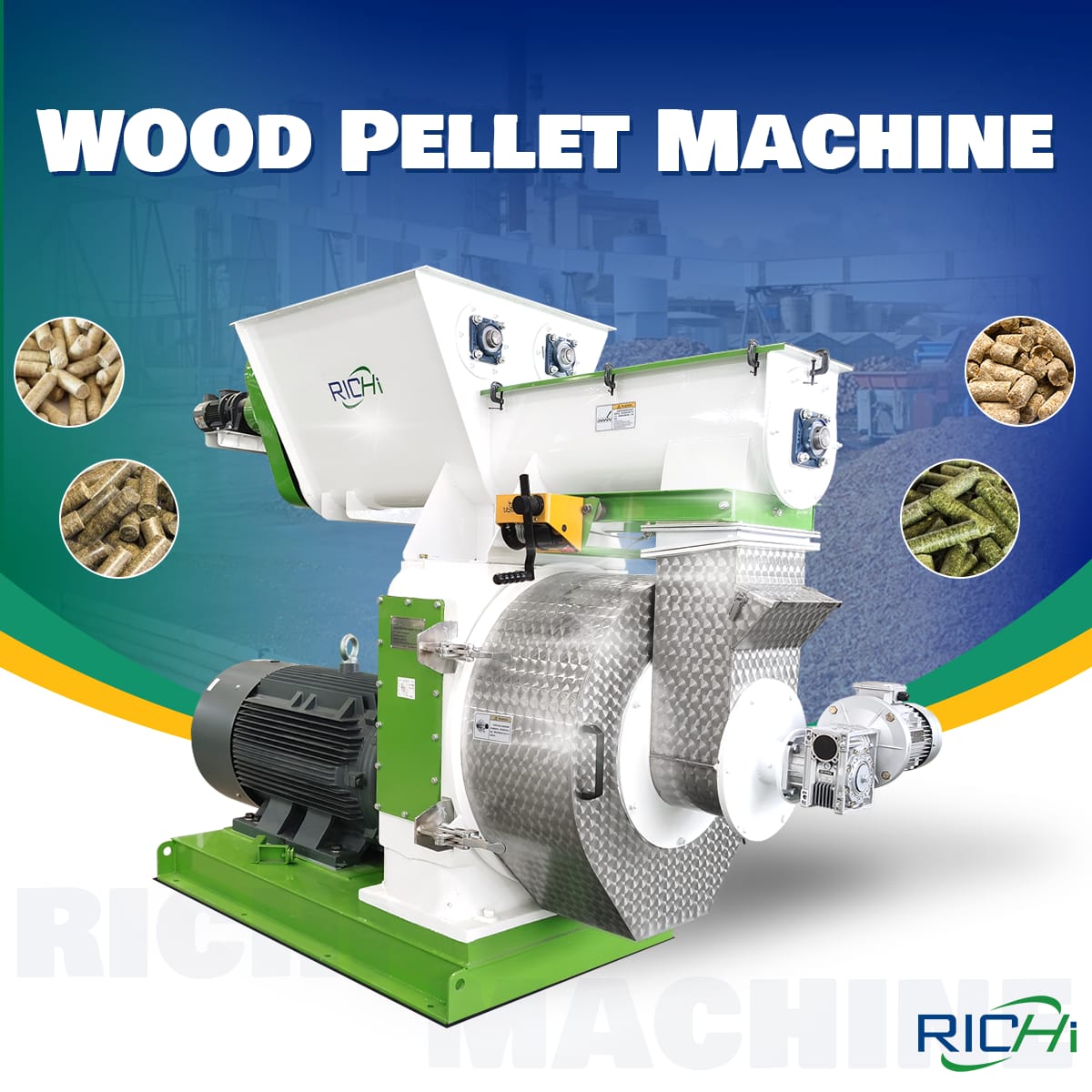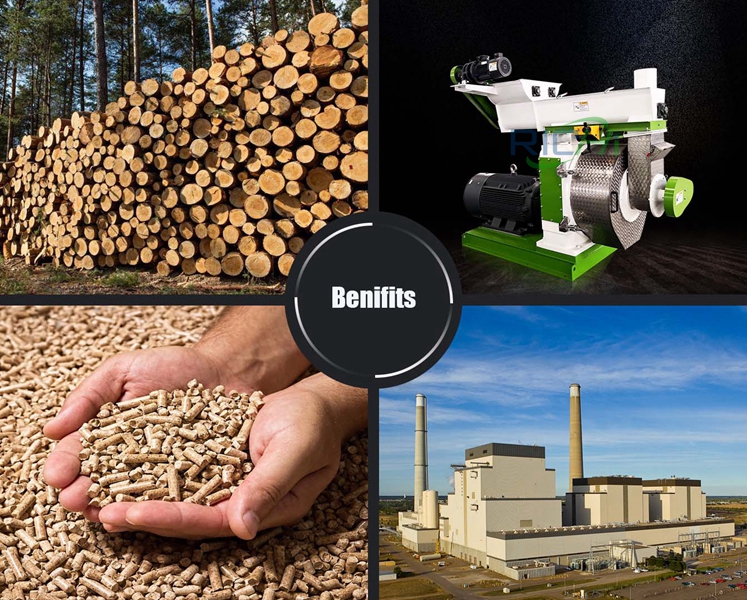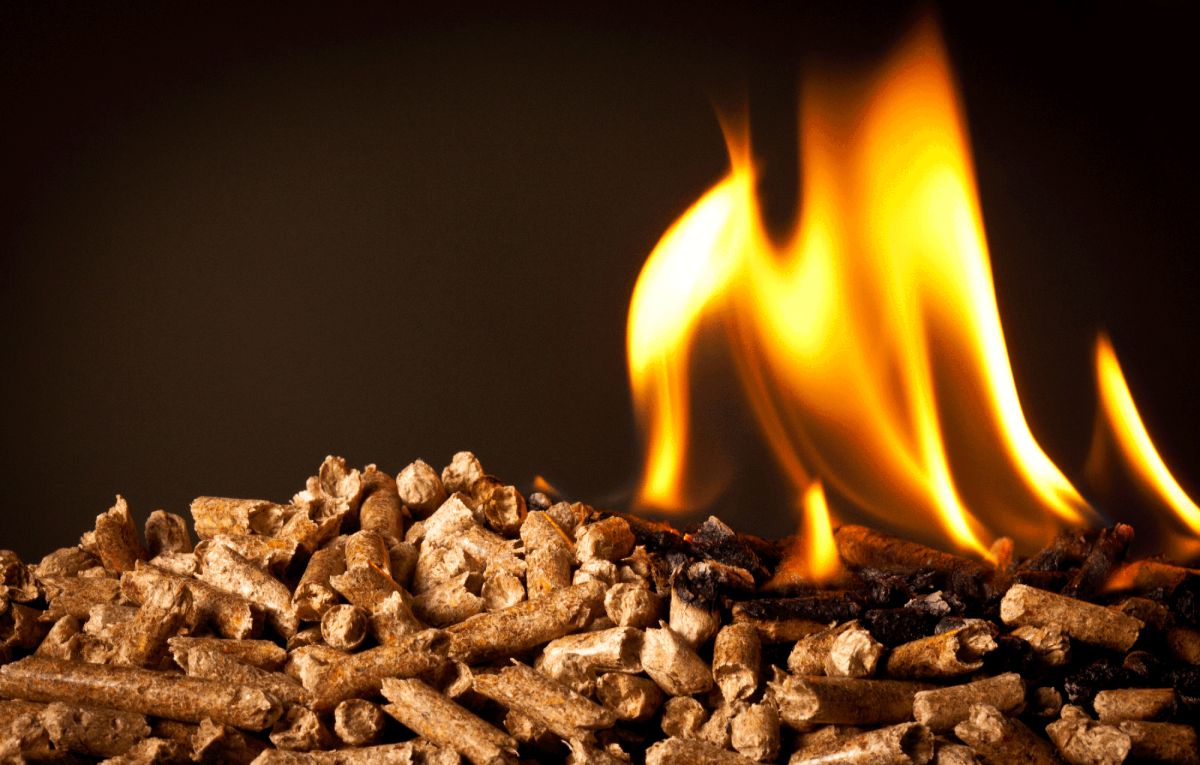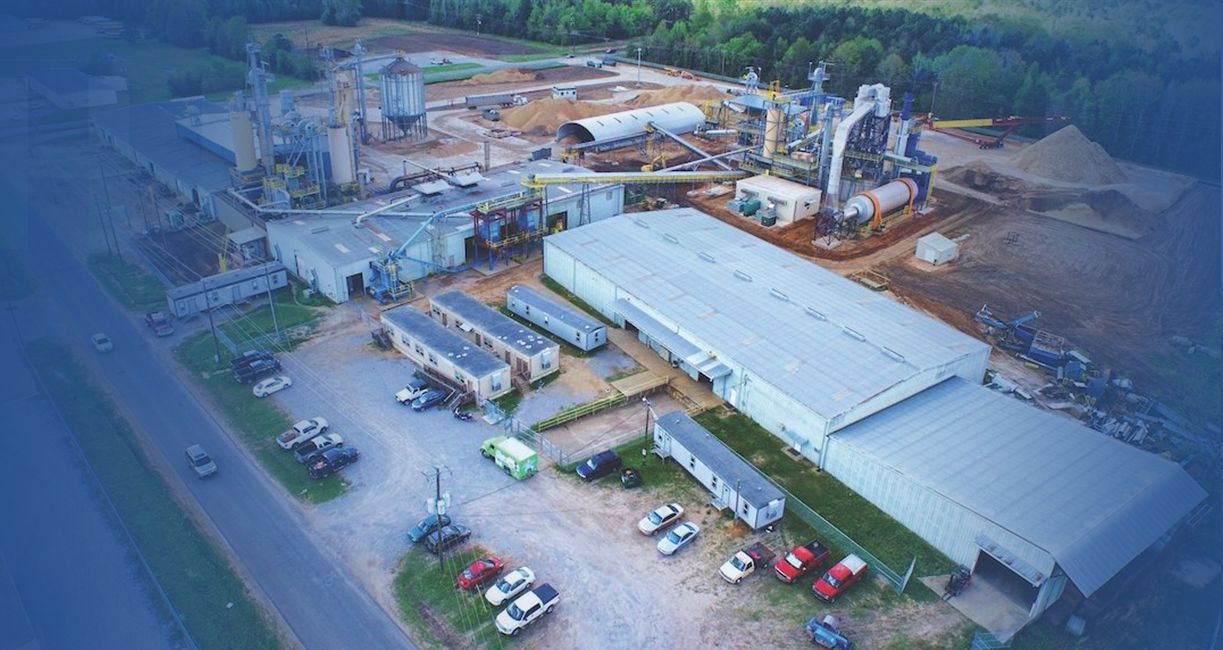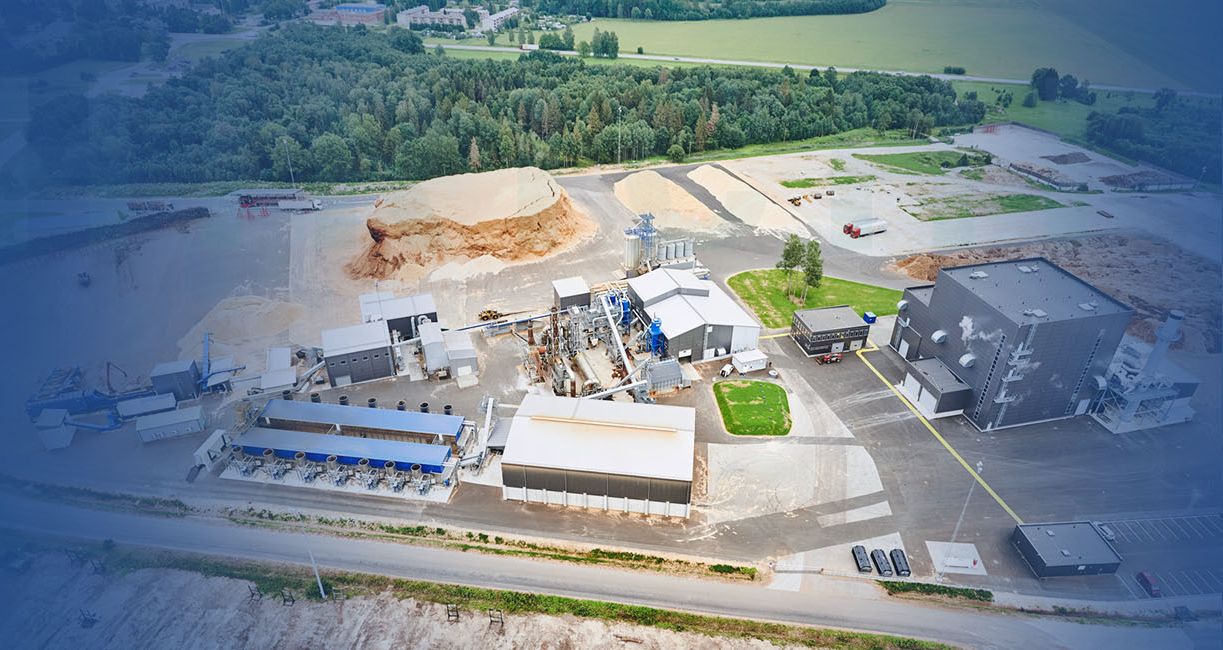Ring die pellet machines are versatile pieces of equipment widely used in various industries for pelletizing different materials. When it comes to wood pellets, these machines are not only capable of processing them but are, in fact, the primary choice for large-scale wood pellet production. This article explores the capabilities of ring die pellet machines in processing wood pellets, their advantages, and key considerations for optimal performance.
The Suitability of Ring Die Pellet Machines for Wood Pellet Production
Ring die pellet machines are exceptionally well-suited for wood pellet production due to several factors:
- High Production Capacity: Ring die pellet machines can handle large volumes of raw material, making them ideal for industrial-scale wood pellet production. Depending on the model, these machines can produce anywhere from 1 to 15 tons of wood pellets per hour.
- Durability: The robust construction of ring die pellet machines allows them to withstand the abrasive nature of wood materials, ensuring long-term reliability in wood pellet production.
- Consistency: These machines can produce uniform wood pellets with consistent density and size, which is crucial for quality control in the wood pellet industry.
- Efficiency: Ring die pellet machines are known for their energy efficiency, which is particularly important in wood pellet production where profit margins can be tight.
The Wood Pelletization Process
The process of producing wood pellets using a ring die pellet machine involves several steps:
- Raw Material Preparation: Wood waste, such as sawdust, wood chips, or forest residues, is collected and prepared. This may involve grinding larger pieces into a more uniform size.
- Moisture Content Adjustment: The moisture content of the raw material is adjusted to the optimal level, typically between 10-15%.
- Feeding: The prepared wood material is fed into the pellet machine through a feeder system.
- Conditioning: In some setups, the material is conditioned with steam to improve binding properties.
- Pelletization: The material enters the pelletizing chamber where it is compressed between the rollers and the ring die. The pressure and friction generate heat, which softens the lignin in the wood, acting as a natural binder.
- Extrusion: As the rollers press the material through the holes in the ring die, cylindrical pellets are formed.
- Cutting: The extruded pellets are cut to the desired length by knives positioned outside the die.
- Cooling: The hot pellets are then cooled to ensure they maintain their shape and durability.
Related post:https://www.richipelletmachine.com/wood-pellet-mill/
Advantages of Using Ring Die Pellet Machines for Wood Pellets
- High Compression Ratio: Ring die pellet machines can achieve a high compression ratio, resulting in dense, high-quality wood pellets.
- Flexibility: These machines can process a variety of wood types and even blends of different wood materials.
- Continuous Operation: Ring die pellet machines are designed for continuous operation, allowing for 24/7 production capabilities.
- Customization: The ring die and roller configuration can be customized to optimize pellet quality for different types of wood materials.
- Integration: These machines can be easily integrated into larger wood pellet production lines.
Key Considerations for Optimal Wood Pellet Production
While ring die pellet machines are highly capable of processing wood pellets, several factors need to be considered for optimal performance:
- Raw Material Quality: The quality and consistency of the wood raw material significantly impact the pelletization process. Uniform particle size and consistent moisture content are crucial.
- Moisture Content: The optimal moisture content for wood pelletization is typically between 10-15%. Too little moisture can result in poor binding, while too much can lead to clogging and poor pellet quality.
- Die and Roller Configuration: The choice of die hole size, thickness, and roller design should be tailored to the specific wood material being processed.
- Maintenance: Regular maintenance, including die and roller replacement, is essential to maintain pellet quality and machine efficiency.
- Pretreatment: Some wood materials may benefit from pretreatment, such as steam conditioning, to improve pelletization.
Challenges in Wood Pellet Production
While ring die pellet machines are highly effective for wood pellet production, there are some challenges to be aware of:
- Wear and Tear: The abrasive nature of wood materials can lead to faster wear of dies and rollers compared to other materials.
- Energy Consumption: Wood pelletization can be energy-intensive, particularly when dealing with harder wood species.
- Variability in Raw Materials: Different wood species and even different parts of the tree can have varying pelletization characteristics, requiring adjustments to the process.
- Heat Management: The heat generated during pelletization needs to be managed carefully to prevent fires and ensure pellet quality.
Future Trends in Wood Pellet Production
As the demand for wood pellets continues to grow, particularly in the renewable energy sector, we can expect to see further innovations in ring die pellet machine technology:
- Increased Automation: More advanced control systems for optimizing pellet production based on raw material characteristics.
- Improved Energy Efficiency: Development of more energy-efficient designs to reduce production costs.
- Enhanced Durability: Innovations in materials and designs to increase the lifespan of dies and rollers.
- Integration of Preprocessing: More integrated systems that combine grinding, drying, and pelletizing in a single production line.
Conclusion
Ring die pellet machines are not only capable of processing wood pellets but are the industry standard for large-scale wood pellet production. Their high capacity, durability, and efficiency make them ideal for converting wood waste into valuable biomass fuel.
While there are challenges to overcome, ongoing technological advancements continue to improve the performance and reliability of these machines in wood pellet production.As the world increasingly turns to renewable energy sources, the importance of efficient wood pellet production is likely to grow. Ring die pellet machines will undoubtedly play a crucial role in meeting this demand, contributing to the sustainable use of forest resources and the reduction of fossil fuel dependence.



